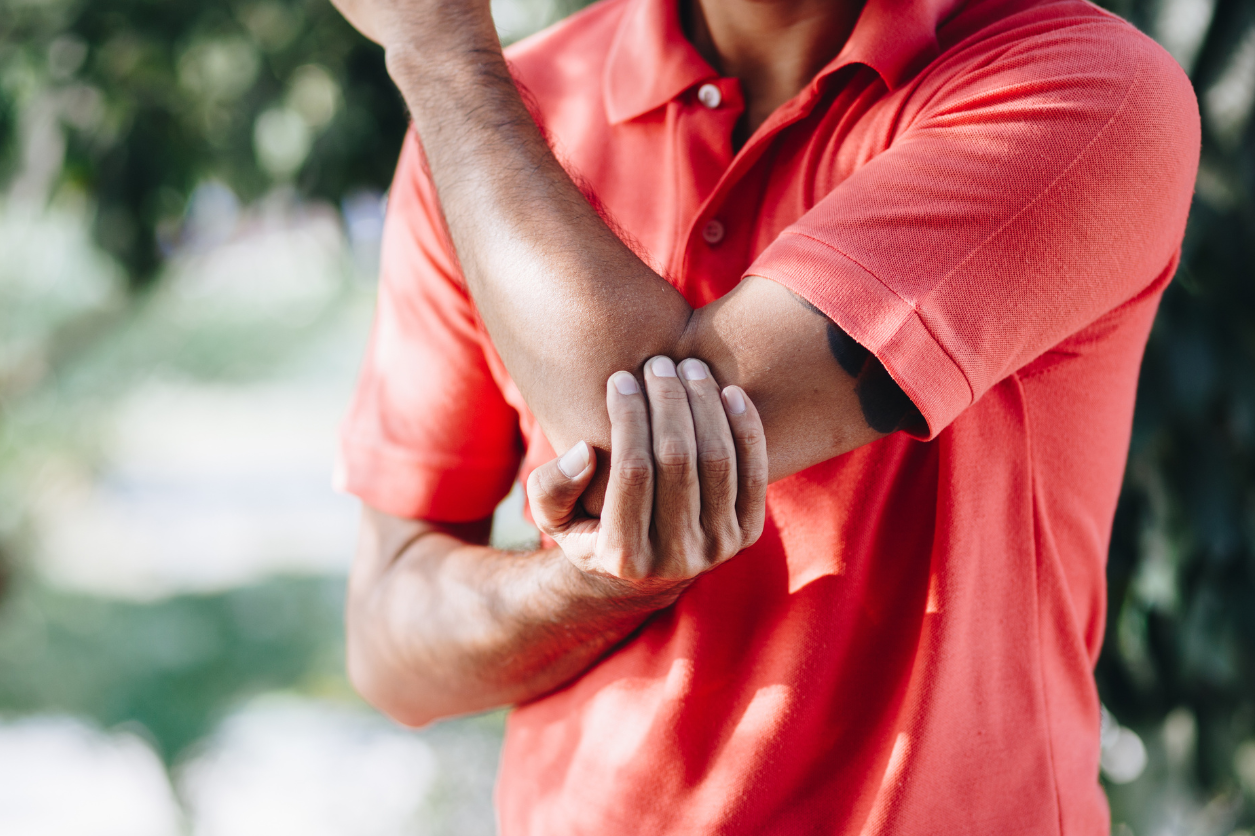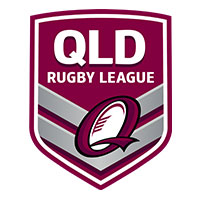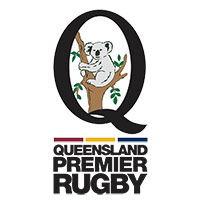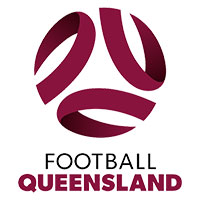
What is tennis elbow?
Tennis elbow, also known as lateral epicondylalgia or lateral elbow tendinopathy, is the most common overuse condition affecting the elbow. Despite its name, tennis elbow can affect anyone, not just tennis players, and is prevalent in those engaged in activities involving repetitive forearm and wrist movements. It is estimated that up to 3% of the general population will experience this condition at some point in their lives.1 In this blog, we will explore the leading causes, common signs and symptoms, and management of tennis elbow from a physiotherapist’s perspective.
Leading Causes
Tennis elbow is caused by repetitive overuse of the forearm muscles that attach to the lateral epicondyle of the elbow.2 These muscles are responsible for extending the wrist and fingers and are frequently used during gripping and twisting activities. The repeated stress on these muscles can cause changes in the fibres of the tendon that attaches the muscles to the bone, leading to pain and disability.
Although tennis elbow is commonly associated with playing tennis, it can also be associated with other recreational activities such as gardening, painting, typing, and using tools. In many cases, the cause of tennis elbow is not a single activity but rather a combination of factors that increase the stress on the forearm muscles.3 These factors include:
- Poor technique or form when performing activities that involve gripping and twisting motions
- Overuse or excessive repetition of the same motion
- Using equipment that is too heavy or poorly designed
- Changes in how the forearm muscles function together
- A sudden increase in the intensity or duration of an activity
Common Signs and Symptoms
The most common symptom of tennis elbow is pain on the outer part of the elbow, which may also radiate down the forearm. The pain is usually worse when performing activities that involve gripping and twisting motions, such as turning a doorknob or opening a jar. The pain may also be worse when lifting or carrying objects, particularly with the wrist extended.4
Other common signs and symptoms of tennis elbow include:
- Weakness in the forearm muscles
- Stiffness in the elbow joint
- Tenderness to the touch on the lateral epicondyle
- Pain that worsens over time
Diagnosis and Management
If you suspect you have tennis elbow, it is worthwhile making an appointment to see your physiotherapist. Tennis elbow is diagnosed based on your clinical presentation and very rarely does anyone need further investigations or scans.
In the first instance, your physiotherapist will take a comprehensive history and perform a physical examination to ensure an accurate diagnosis.
Your physiotherapist will then develop an individualised treatment plan that addresses your specific presentation and your goals. Here are some of the management strategies that physiotherapists may use to treat tennis elbow:
Rest and Ice
Sometimes, the first step in treating tennis elbow is to modify your activities to reduce the load on your elbow. Applying ice to the area may help reduce irritation to the tendon and reduce your pain.
Taping, Bracing or Splinting
Your physiotherapist may try taping your elbow to help reduce pain and facilitate better muscle activation patterns. Some people respond well to specific tennis elbow braces or splints.
Exercise Therapy
Exercise therapy is an essential component of the treatment of tennis elbow.3 Your physiotherapist will recommend specific exercises to improve the function of the forearm muscles and improve flexibility in the wrist and elbow joints. These exercises may include wrist curls, forearm twists, and range-of-motion exercises. You may also be given exercises for your shoulder, neck or middle back depending on your presentation to help you get back to your day-to-day, work and recreational activities.
Activity Modification
Your physiotherapist may recommend modifying the activities that cause your symptoms to reduce the stress on your forearm muscles. This may include changing your technique, using different equipment, or taking breaks during repetitive activities.
Manual Therapy
Manual therapy techniques such as massage, joint mobilisations and mobilisations with movement may also be used to treat tennis elbow. These techniques can help to reduce pain and improve joint mobility and hence improve the way in which you are using your elbow for your everyday activities.
Education and Advice
Importantly, your physiotherapist will help you understand why you are experiencing pain and help you address factors that may have increased the risk of you experiencing tennis elbow. They will work with you to help address your goals and make sure you have a good understanding of your management program.
Other Adjunct Therapies
Other therapies that your physiotherapist might try including dry needling or shockwave therapy. These therapies will be used in conjunction with an exercise program.
Contact us for expert help on Tennis Elbow
Ever feel like you might be experiencing the signs and symptoms of tennis elbow? If yes, book an appointment with one of our physiotherapists now.
References
1Cutts, S., Gangoo, S., Modi, N., & Pasapula, C. (2020). Tennis elbow: A clinical review article. J Orthops, 17, 203-207.
2Bateman, M., Evans, J. P., Vuvan, V., Jones, V., Watts, A. C., Phadnis, J., … & Vicenzino, B. (2022). Development of a core outcome set for lateral elbow tendinopathy (COS-LET) using best available evidence and an international consensus process. BJSM, 56(12), 657-666.
3Vuvan, V., Vicenzino, B., Mellor, R., Heales, L. J., & Coombes, B. K. (2020). Unsupervised isometric exercise versus Wait-and-See for lateral elbow tendinopathy. Med Sci Sports Exerc, 52(2), 287-295.
4Vuvan, V., Mellor, R., Coombes, B., Heales, L., Hodges, P., Farrell, M., & Vicenzino, B. (2019). Cross-sectional study of somatosensory and psychological features, and pain comorbidity in severe lateral elbow tendinopathy. JSAMS, 22, S49-S50.
Our Community Partners






